For beverage and food businesses, packaging is more than just a protective layer—it’s branding, logistics, and consumer trust rolled into one. But as raw material costs for glass, aluminium, and even sustainable plastics continue to rise, companies are being forced to rethink their packaging strategies. What was once a stable part of operations has become a moving target, making cost management and innovation more critical than ever.
The Pressure on Glass
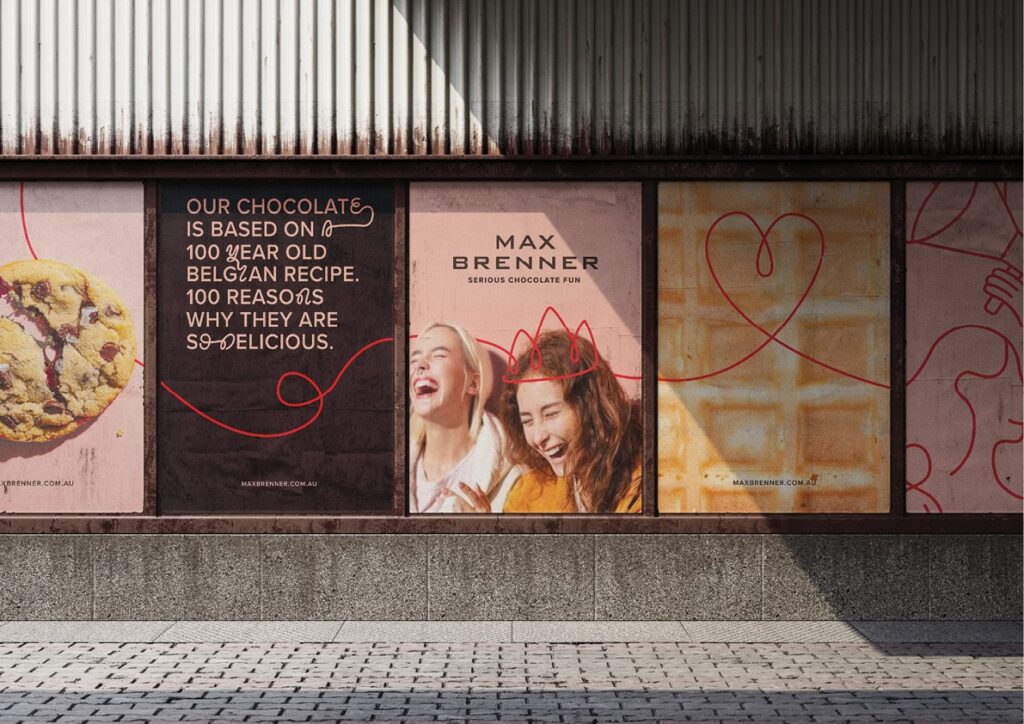

Glass has long been a favourite for premium beverages, sauces, and specialty food items. Its weight and transparency create a sense of quality, and it remains infinitely recyclable. However, the cost of glass production is closely tied to energy prices, and when those rise, so does the price per unit.
For businesses, this creates a difficult decision: absorb the higher costs, pass them onto consumers, or consider switching to alternatives. Some companies are opting for lighter-weight glass designs to reduce both raw material and transportation costs, while others are introducing return-and-refill models that reuse bottles to offset expenses.
Aluminium’s Double-Edged Sword
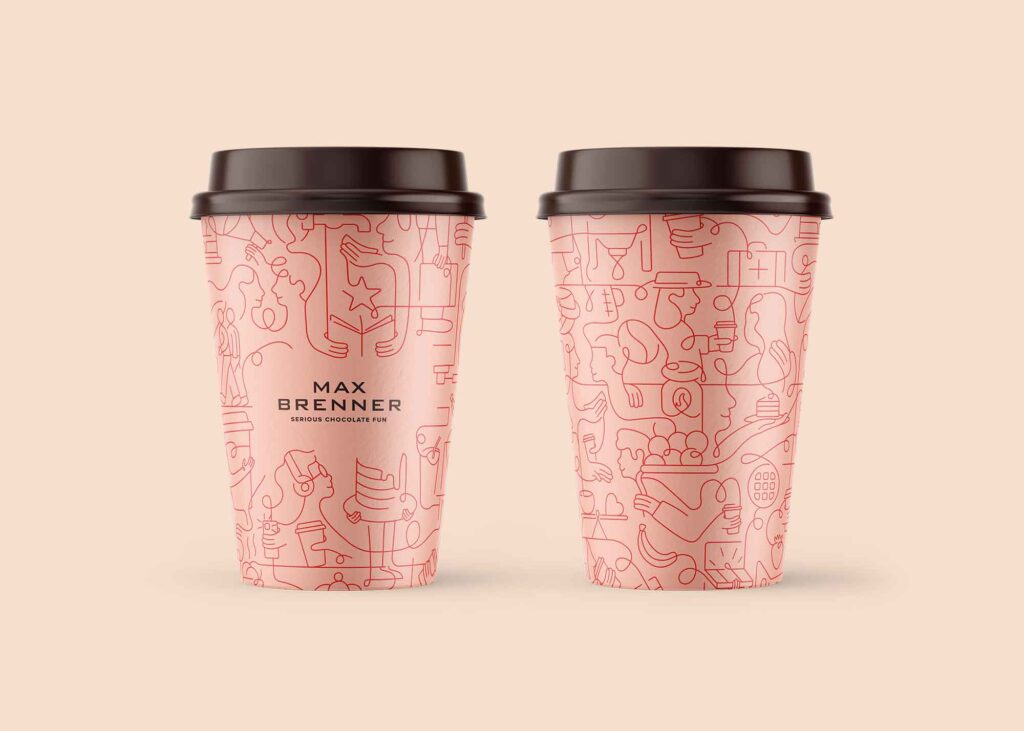

Aluminium cans have gained traction for their recyclability and lighter weight compared to glass. They’re also popular with younger consumers who like the portability and portion control. But aluminium is not immune to cost fluctuations. Prices can spike due to global supply chain disruptions, mining challenges, or geopolitical events.
This volatility can make long-term planning difficult. To counteract it, some companies lock in prices through supply contracts, while others diversify packaging formats to spread risk. The irony is that aluminium is both part of the sustainability story and part of the cost problem, leaving businesses with few simple answers.
Sustainable Plastics: Growing but Pricey


Biodegradable and recycled plastics are increasingly seen as the ethical choice. They satisfy consumer demand for eco-conscious products, but they also come with a higher price tag. Scaling production is still a challenge, which means per-unit costs remain stubbornly high compared to traditional plastics.
Companies face a balancing act: consumers want sustainability, but they’re not always willing to pay a premium. Businesses investing in sustainable plastics need to frame the added cost as part of the brand’s value proposition, rather than a hidden expense. Clear communication about environmental benefits can make the higher price more acceptable to customers.
The Supply Chain Factor
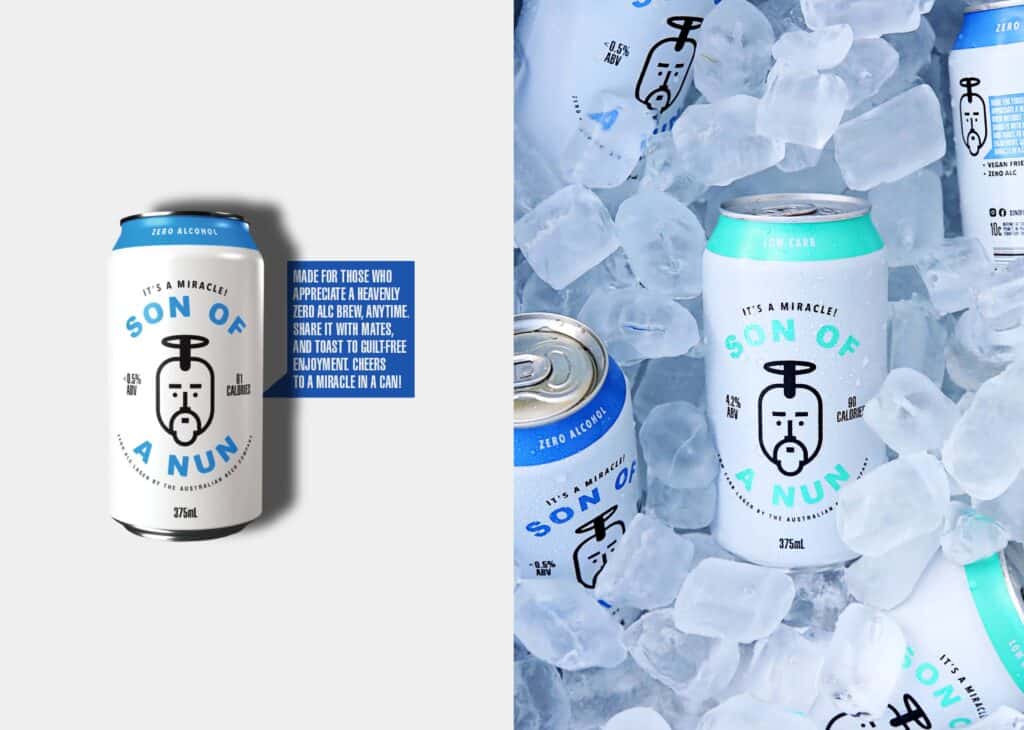
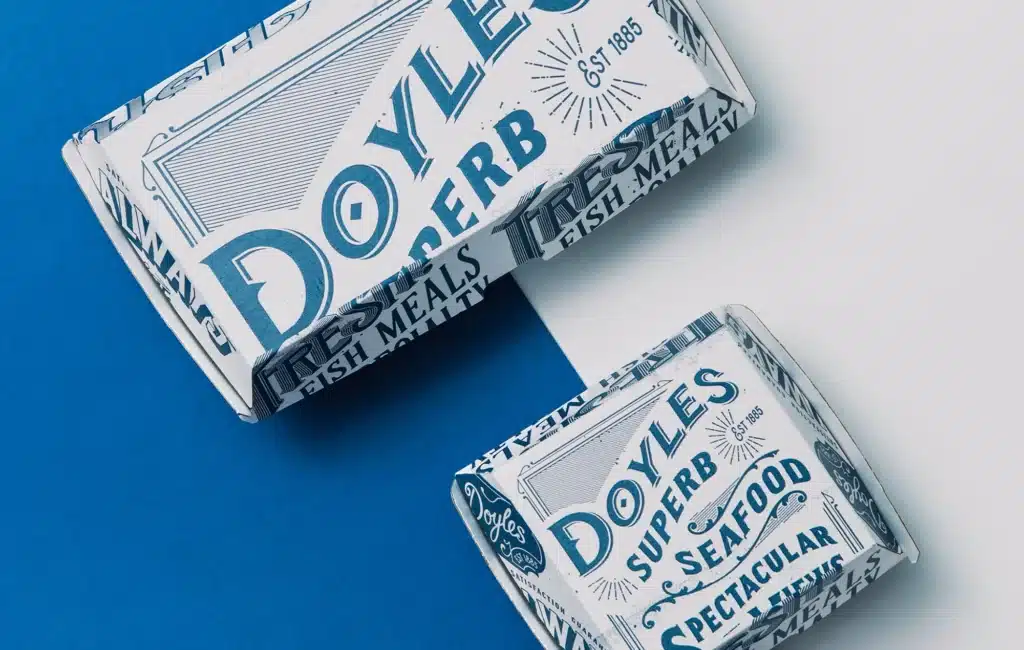
Material costs don’t rise in isolation—they ripple through supply chains. Transporting heavier materials like glass or aluminium becomes more expensive when fuel prices climb. Meanwhile, sourcing recycled plastics depends on the efficiency of collection and sorting systems, which vary greatly between regions.
Global events also play a role. A single disruption, whether a strike at a port or a shortage of raw materials, can send costs soaring. Businesses that rely on just one packaging material are especially vulnerable, which is why diversification and contingency planning are becoming standard practice.
Why Design Decisions Matter
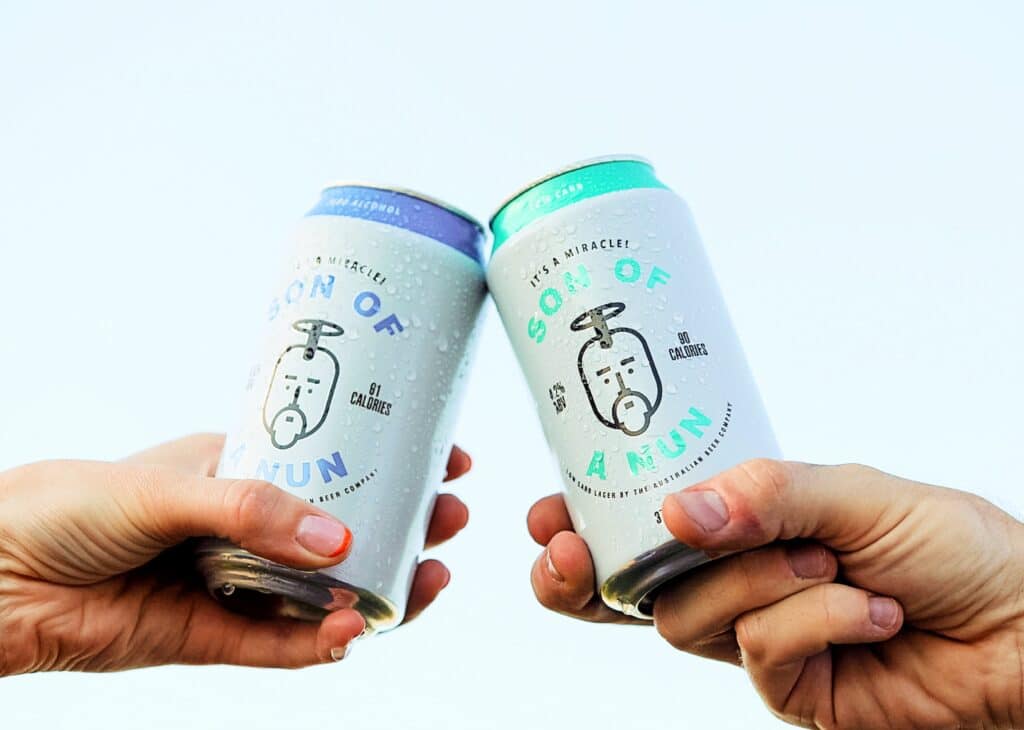
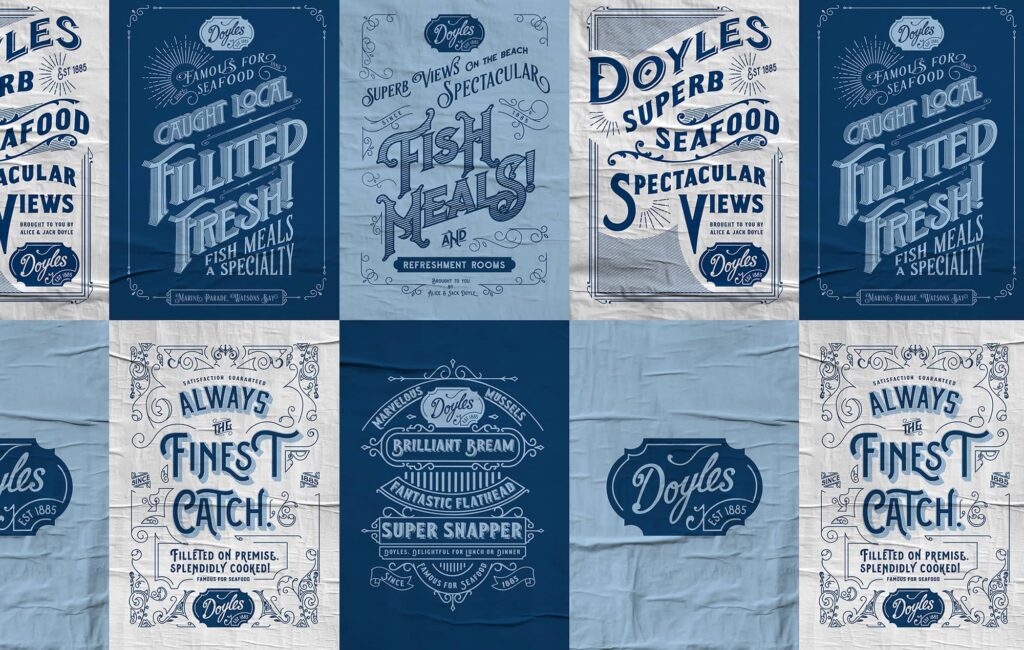
When costs rise, packaging design is no longer just about aesthetics—it becomes a tool for efficiency. Reducing material use, optimising shapes for transport, and exploring hybrid packaging formats can all help offset volatility. For example, redesigning a bottle to use 10% less glass may sound small, but across millions of units, the savings add up significantly.
This is where working with a packaging design agency Sydney can provide an advantage. Agencies with expertise in both branding and material science can help companies rethink their packaging in a way that balances consumer appeal with cost realities. Strategic design doesn’t eliminate rising material costs, but it can reduce their impact.
Passing Costs to Consumers—Or Not
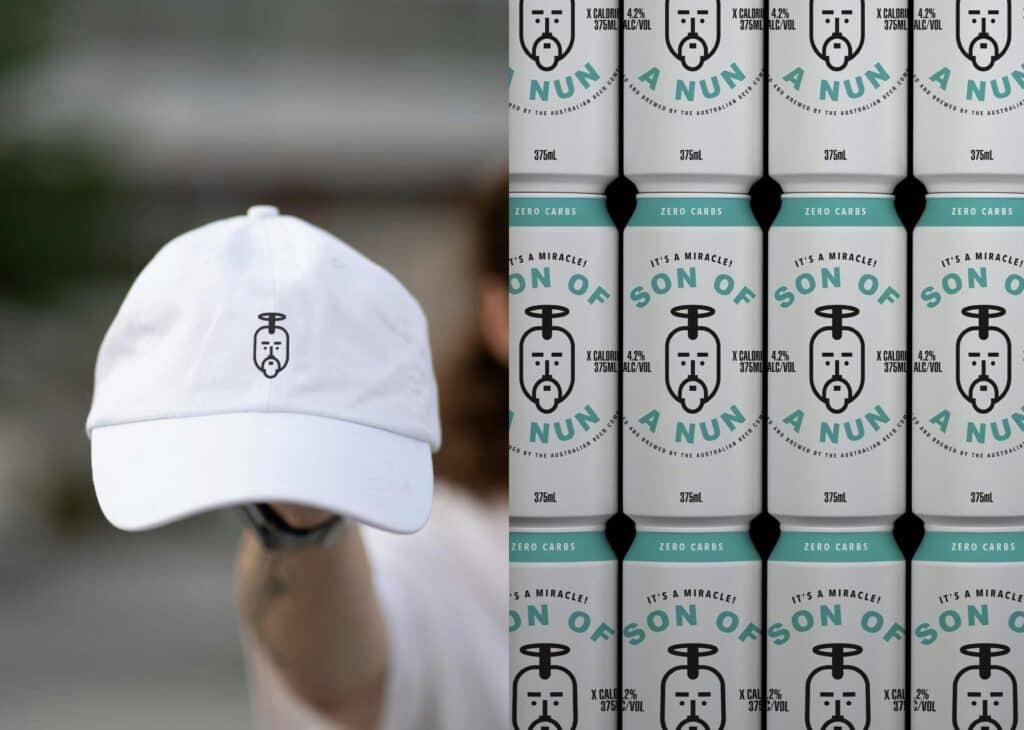
One of the toughest questions businesses face is whether to increase retail prices when packaging costs climb. In some cases, customers are willing to accept higher prices if the brand story justifies it—such as sustainability commitments or premium positioning. In others, even small increases can damage sales.
Some businesses are experimenting with “shrinkflation,” reducing product size while keeping prices stable, though this strategy can backfire if consumers perceive it as deceptive. Transparency, where brands openly communicate the reasons behind changes, often proves more effective in maintaining trust.
Building Long-Term Resilience
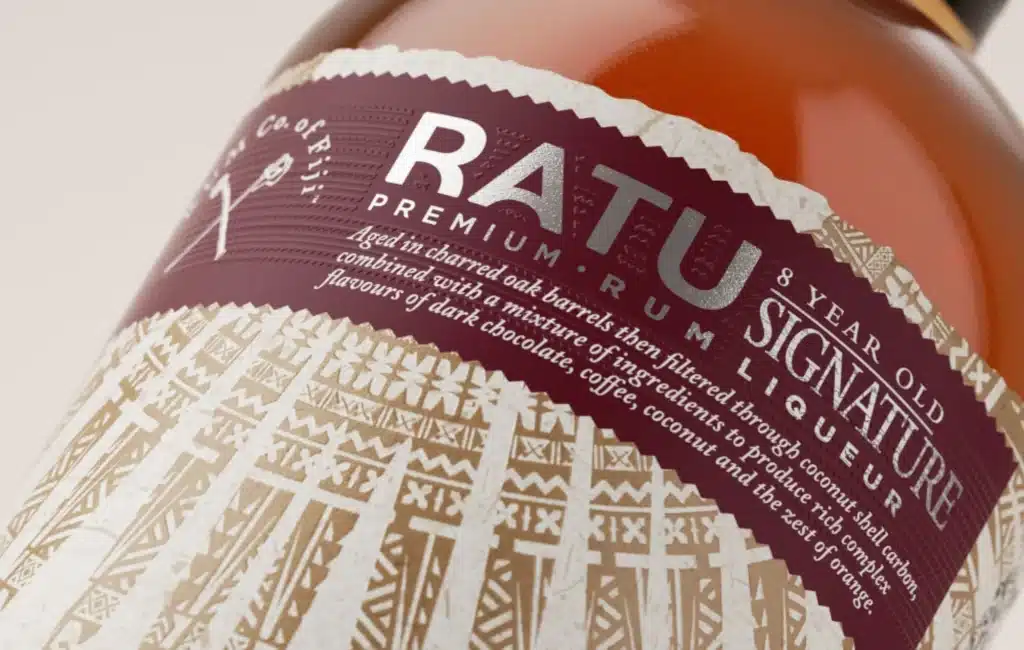
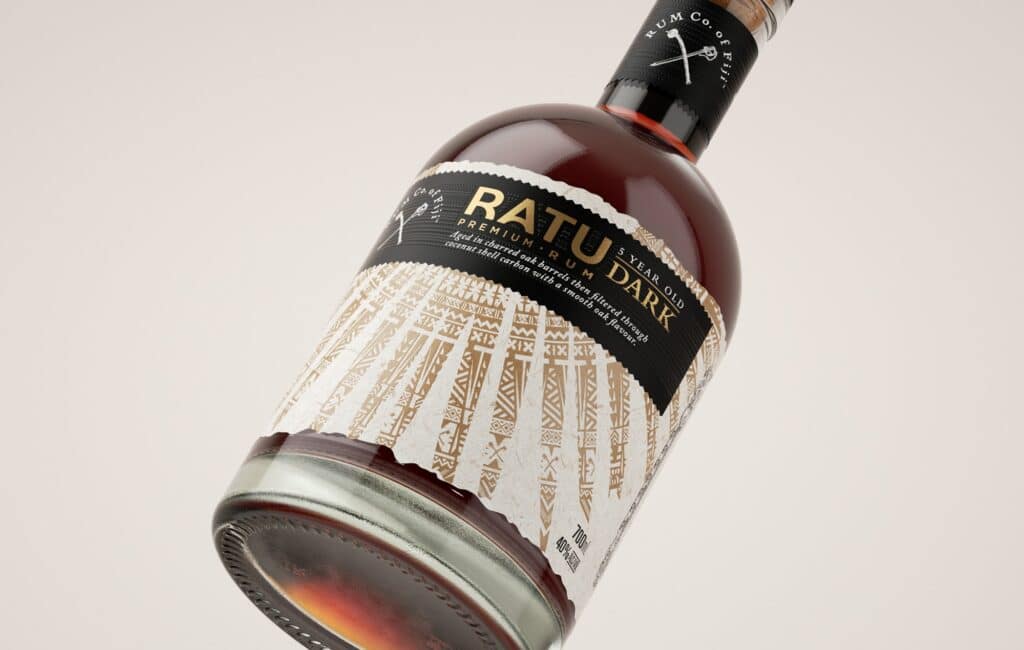
The reality is that packaging costs are unlikely to return to a predictable baseline anytime soon. Businesses that want to stay resilient will need to think beyond short-term fixes. That means:
- Investing in R&D to explore alternative materials.
- Strengthening supplier relationships to gain better terms.
- Incorporating cost scenarios into pricing models.
- Using packaging as a differentiator rather than a liability.
Companies that treat rising costs as a catalyst for innovation will be better positioned to adapt to future shifts in consumer expectations, regulations, and supply chain dynamics.
Final Thought
Rising costs in glass, aluminium, and sustainable plastics aren’t just a financial concern—they’re reshaping how businesses think about packaging altogether. The challenge isn’t simply managing expenses, but reimagining packaging as a strategic asset. From innovative materials to smarter design choices, the companies that adapt will turn volatility into an opportunity. Partnering with experts like a packaging design agency sydney can help brands navigate this transition with both creativity and practicality.
- 13shares
- Facebook0
- Pinterest13
- Twitter0


